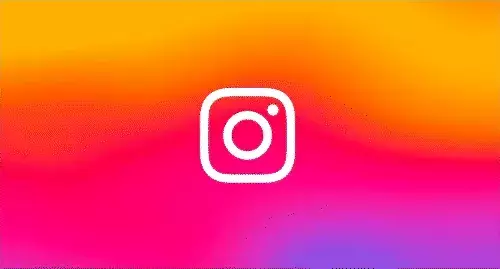In the fast-paced world of social media, platforms like Instagram constantly navigate the delicate balance between user experience and creator satisfaction. Recently, Adam Mosseri, the head of Instagram, shed light on an aspect of video engagement that has users and creators alike buzzing. This revelation highlights how engagement metrics shape the video quality that users experience, raising questions regarding the fairness of this approach, especially for less popular creators.
According to Mosseri, the video quality of Instagram Stories and Reels is not static; rather, it fluctuates based on several factors, primarily user engagement. When a video receives considerable views shortly after posting, it is showcased in higher quality. Conversely, if a video stagnates and does not capture attention quickly, its quality is downgraded. This automatic adjustment mechanism aims to optimize resource allocation and enhance the viewing experience for high-engagement content.
However, this system has its shortcomings. Lower-quality playback for less popular videos may further exacerbate their lack of visibility and engagement. The irony lies in the fact that in a platform designed for creators to reach audiences, the very algorithms meant to serve content may inadvertently hold back those who need exposure the most—lesser-known creators.
The Implications for Creators
The implications of this quality control system are far-reaching. For new or smaller creators striving to build an audience, a lack of views can create a debilitating cycle: their videos start off in lower quality, leading to diminished engagement, which, in turn, results in further reduced video quality. This scenario not only discourages creators but also presents a significant barrier to entry for those hoping to make their mark on the platform.
While Mosseri asserts that quality is not the decisive factor for engagement—in fact, he argues that the content itself drives interaction—this stance deserves scrutiny. From a practical standpoint, visual quality can significantly affect viewer perceptions. A blurry, low-quality video may undermine a creator’s credibility, leading potential viewers to disregard what could be valuable content.
Content vs. Quality: A Misleading Dichotomy?
Mosseri emphasized that the aggregate system works more favorably for creators who consistently draw large audiences, an approach that touches on themes of equity and competition within social media ecosystems. In a platform hosting millions of creators, the favoring of popular accounts raises significant concerns. While it is understandable that Instagram aims to enhance the viewing experience for the majority, it seems contradictory to make decisions that potentially undermine the growth of smaller accounts.
In earlier statements, Mosseri acknowledged that changes would be made to algorithms to help smaller creators gain traction. However, the present video quality system appears at odds with these assurances. There’s a dissonance in advocating for broader reach among emerging creators while concurrently penalizing them through reduced video quality in the critical formative stages of their content strategy.
As the dynamics of social media evolve, so too must the algorithms that drive them. The tension between user experience and fair exposure for creators represents a broader dilemma faced by many platforms aimed at fostering creator economies. Balancing the needs of higher-traffic content while providing a level playing field for lesser-known creators is no easy feat.
Mosseri’s position sheds light on the need for continuous evaluation and adjustment. It remains to be seen whether Instagram will be able to implement changes that genuinely support creators across the spectrum. For now, smaller creators may need to be proactive in their strategies, engaging with their audiences in innovative ways to combat inherent algorithmic disadvantages.
While the current video quality control system is designed with the intent of optimizing viewer experiences, it inadvertently highlights the challenges that smaller creators face on major platforms like Instagram. The conversation sparked by Mosseri’s comments serves as a reminder of the complex interplay between technology, content, and fairness in the digital landscape.


Leave a Reply